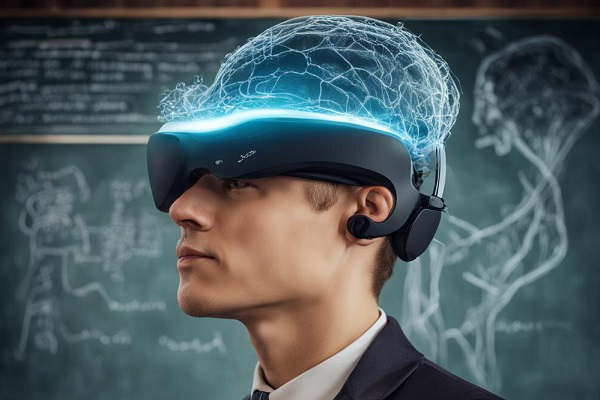
Neural Interfaces and Humans
Modern technologies are rapidly developing, and one of the most promising areas is the creation of neural interfaces – technologies that allow you to interact with computers directly through the brain. This is no longer science fiction, but a reality that is gradually being formed in laboratories and innovation centers around the world.
Neural interfaces (or brain-computer interfaces) are technologies that allow the exchange of information between the brain and an external device, such as a computer, without the need for traditional peripherals, such as keyboards or mice. The main goal of developing neural interfaces is to provide the ability to control a computer, robots or prostheses through thought processes.
These interfaces work by reading electrical signals generated by neurons in the brain and interpreting them into commands that the computer can understand. Modern neural interfaces already allow people with disabilities to move a cursor on a screen or even control prosthetic limbs using only their thoughts.
How do neural interfaces work?
Neural interfaces work based on the use of electroencephalography (EEG) or implantable electrodes that record brain activity. These signals are then processed using special algorithms that “translate” them into commands to control devices. More complex systems use machine learning and artificial intelligence to improve the accuracy and speed of signal recognition.
For example, a user can learn to mentally imagine a hand movement to move a cursor on the screen. Over time, the system adapts to the individual characteristics of the user’s brain, making interaction more accurate and faster.

Prospects for the Development of Neural Interfaces
The development of neural interfaces opens up broad prospects for various fields. In medicine, they can be used to restore lost functions in people with paralysis or amputation of limbs. In the future, neural interfaces may allow the creation of full-fledged cybernetic bodies controlled directly by the brain.
In addition, neural interfaces may find application in entertainment, education, and even industrial production. For example, controlling drones or robots in production using thought may become a reality in the coming decades.
AI in gambling
The introduction of artificial intelligence (AI) into various areas of life has become an integral part of technological progress, and gambling has not been left out. Online casinos casinoamok.com actively use AI to create a personalized experience for players. With the help of big data analysis, AI is able to offer games that best suit the user’s preferences, as well as provide betting recommendations and game strategy.
AI is also used to improve security in online casinos. For example, AI-based systems can identify suspicious behavior and prevent fraud. Thanks to AI, casino operators can better understand the needs of their customers and create more interactive and exciting gaming processes.
Neurointerfaces and artificial intelligence are two key areas that can radically change our understanding of interaction with technology. Neurointerfaces open the door to new ways of controlling devices and interacting with computers, and AI is already expanding the possibilities of online gambling, where the casinoamok.com website is a clear example, making it more personalized and safe. These technologies promise to make our future even more interactive and exciting.
Popular articles
-
 Digital twins in 2025–2026: real city, fac...
Digital twins in 2025–2026: real city, fac...Digital twins have moved well beyond the “nice-to-have” stage. In 2025 and …
Learn more -
 Why Modern Technologies Are Becoming More ...
Why Modern Technologies Are Becoming More ...Modern technologies are developing at a pace that few users can fully …
Learn more -
 Next-Generation Home Batteries: Hybrid Ene...
Next-Generation Home Batteries: Hybrid Ene...Hybrid home batteries have become a practical foundation for residential energy autonomy …
Learn more
